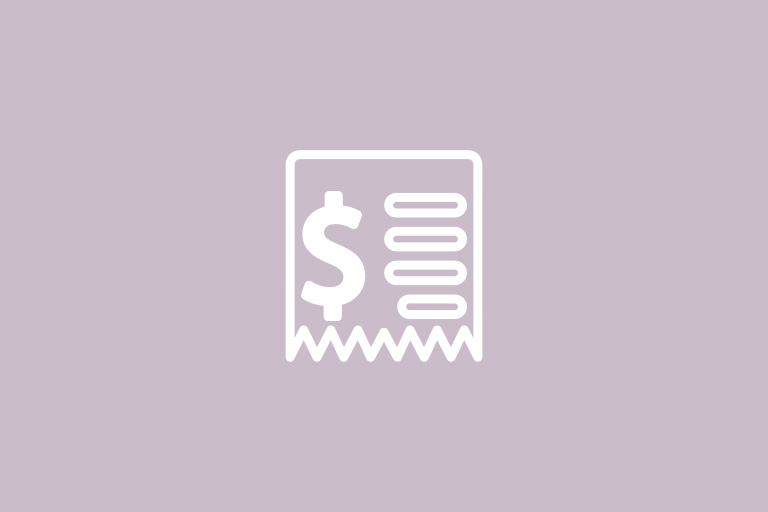In the digital advertising landscape, Google may hold the lion's share of the market, but Microsoft Advertising (formerly known as
Bing Ads) presents a compelling alternative that deserves attention. With a significant user base and unique benefits, Microsoft Advertising offers a platform for businesses to expand their reach and potentially tap into new markets. This beginner's guide will explore the essentials of Microsoft Advertising and why it might just be the hidden gem in your marketing strategy.
What is Microsoft Advertising (formerly Bing Ads)?
Microsoft Advertising is a
pay-per-click (PPC) advertising platform that enables businesses to display ads on the Microsoft and Yahoo networks, which include Bing, MSN, Yahoo, and AOL. As the second-largest search engine by market share, Microsoft's search network garners a substantial number of monthly searches and unique visitors, making it a valuable channel for marketers looking to diversify their
digital advertising efforts.
Why Use Microsoft Advertising?
While Google dominates the search market, Microsoft Advertising captures a non-negligible slice of the pie, with a 9% search engine market share and over a billion unique monthly visitors. It's particularly effective for reaching PC users, with billions of monthly PC searches.
Microsoft Advertising offers several advantages, including:
- Expanded Reach: Ads are displayed across multiple Microsoft-owned platforms and partner sites.
- Less Competition: Lower search volumes mean less competition and potentially lower costs.
- Granular Targeting: Advertisers can adjust targeting at the ad group level and target by time zone, device, and operating system.
- Microsoft Ecosystem: Bing is the default search engine on Microsoft devices, which can lead to increased traffic for advertisers.
- LinkedIn Profile Targeting: Unique to Microsoft Advertising, advertisers can target audiences based on LinkedIn profiles.
Bing Ads vs. Google Ads
While
Google Ads is a staple in most marketing strategies, Microsoft Advertising offers a compelling suite of benefits that can complement or even enhance your digital advertising approach. Here's a comparison of key features:
- Broader Ad Distribution: Microsoft Ads appear across various networks, not just one search engine.
- Cost Efficiency: With less competition on Microsoft's network, there's a potential for cheaper clicks and better ad placement.
- Flexible Campaigns: Microsoft Ads provides more options for ad targeting adjustments and scheduling based on the viewer's time zone.
- Device and OS Targeting: Microsoft Ads offers more precise targeting for specific devices and operating systems, compared to Google Ads' limitations.
- Default Search Engine: Microsoft devices and services come with Bing as the default search engine, automatically funneling users to your ads.
- LinkedIn Integration: Microsoft's acquisition of LinkedIn allows for unique targeting capabilities based on LinkedIn user data.
Conclusion
Microsoft Advertising offers a robust and often underutilized platform for PPC campaigns. With its expanded reach, lower competition, granular targeting, integration with the Microsoft ecosystem, and LinkedIn profile targeting, it's a platform that can yield a high
ROI for those who know
how to leverage it effectively.






